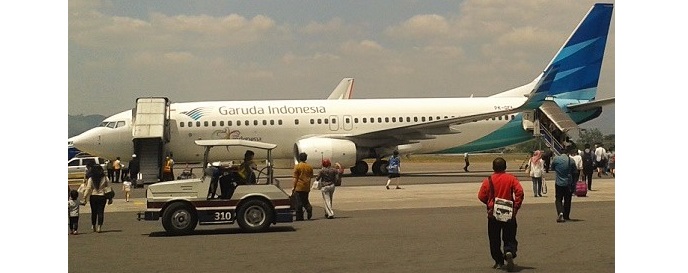Indonesia Confirms Participation in ASEAN Open Sky Agreement
Through the implementation of Presidential Regulation No.12/2016, Indonesia confirmed its participation in the ASEAN Open Sky policy (also known as the ASEAN Single Aviation Market). This policy comprises the multilateral agreement of all ten ASEAN member countries to unite their skies into one single aviation market (hence liberalizing regulations to a large degree). By enhancing connectivity (implying an easier flow of people and cargo) the ASEAN member nations target to boost the region’s economic growth. ASEAN is home to more than 600 million people.
Agoes Soebagio, Head of Cooperation & Public Relation of Civil Aviation Authority (CAA) of Indonesia's Transportation Ministry, explained that this presidential regulation confirms Indonesia's earlier commitment to fully join ASEAN's Open Sky policy. However, it does not mean airlines in the ASEAN region can freely fly to Indonesia. Only five Indonesian airports are part of the policy: Soekarno-Hatta International Airport (just outside the capital city of Jakarta), Kualanamu International Airport (North Sumatra), Juanda International Airport (East Java), Ngurah Rai International Airport (Bali), and Sultan Hasanuddin International Airport (South Sulawesi).

As such, ASEAN-based airlines can fly to these five designated Indonesian airports without requiring intergovernmental agreements. However, airlines obviously still need to respect the landing/takeoff slots that are granted by the authorities of these five Indonesian airports. Slots are always capped to a certain figure by all airports around the globe due to limited capacity.
There exists ongoing concern that Indonesia's airlines will not be competitive enough to compete with their Southeast Asian counterparts for market share in regional routes.
Due to the geographic makeup of the region as well as the vibrant and rapidly expanding middle class segment, the Asia-Pacific has been one of the world's fastest growing regions in terms of air travel, especially supported by the presence of many low-cost airlines that are in fierce competition for market share. However, there remain concerns about aviation safety standards in this region (these standards did improve over the past decade but at a rather slow pace). For example, there are more than 60 airlines registered in Indonesia. However, only four are allowed to fly to the European Union (primarily due to safety concerns): Garuda Indonesia, AirAsia Indonesia, Airfast Indonesia, and Ekspres Transportasi Antarbenua (Premiair). All other Indonesian airlines are banned from flying to the EU and the USA.
